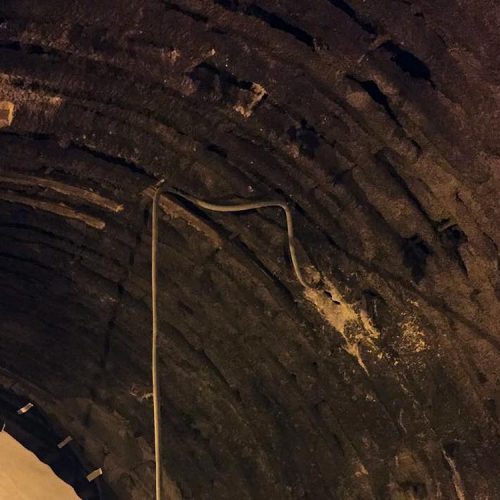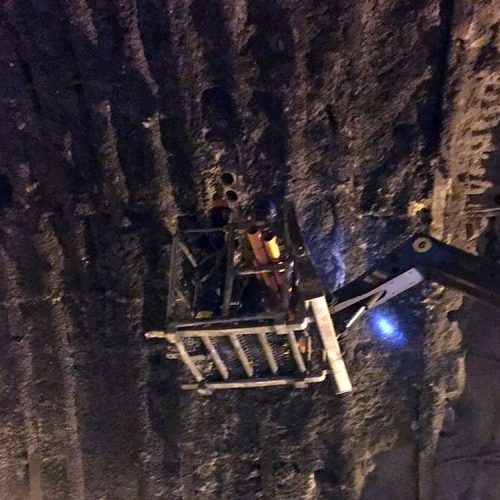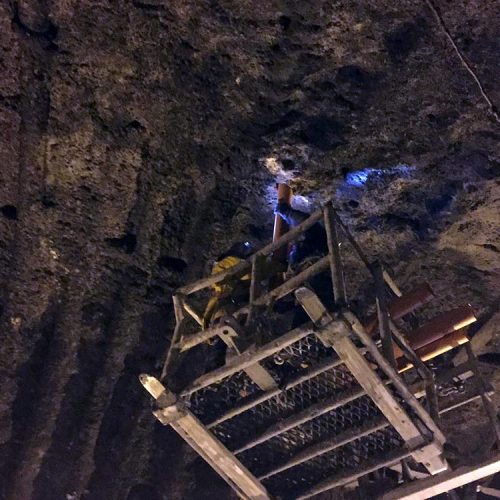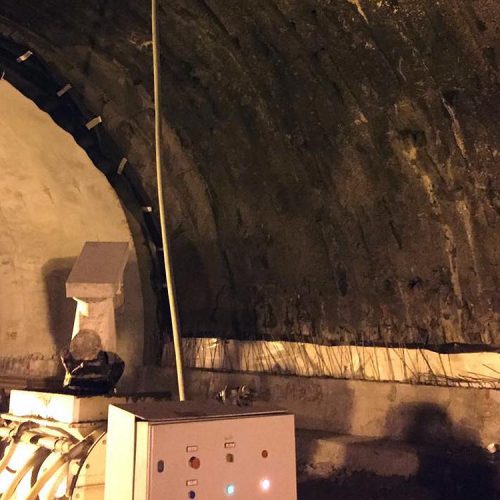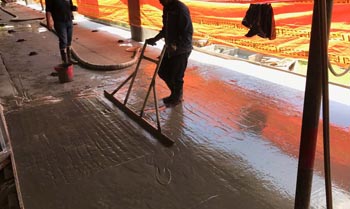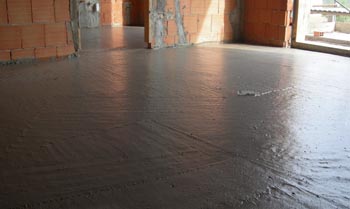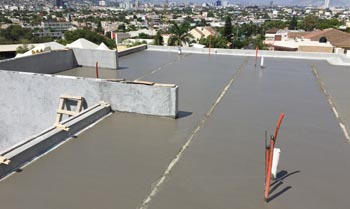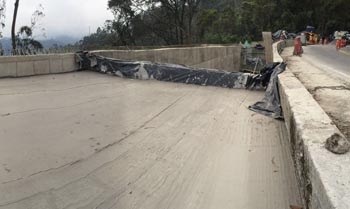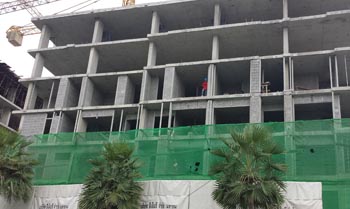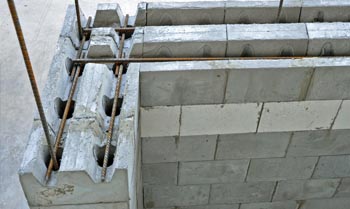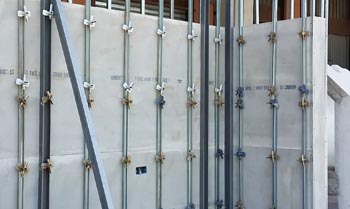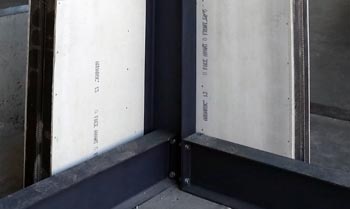
GEOTECHNICAL INFILLS
Cellular concrete is very practical as a material for filling of natural cavities in the geotechnical sense, decommissioned tunnels, culverts, excavations for tubing, vaults in historic centres. The choice of cellular concrete in this type of application allows for filling without adding excessive weight to the structure. Its characteristic of fluidity allows for easy filling of irregular and difficult to reach cavities (given the possibility of inserting the delivery tube into small access holes).
The risks deriving from wall masses collapsing in potentially unstable rock can be reduced with filling actions aimed at impeding the detachment of the mass which might put safety at risk. Furthermore, cellular concrete is able to dissipate more energy compared with a heavy material such as gravel for instance. As against loose material, the hardened material does not settle.
The use of cellular concrete also offers a logistics advantage in that only the concrete is transported to the site, while the expansion phase, meaning the production of foam, and the related mixing, happens directly on site.
As an example, having to fill a cavity of 100 cubic metres, we would have to transport some 30 tons of concrete which is the same as a site lorry. On the other hand, having to fill the same volume with concrete or inert material would require transporting the whole 100 cubic metres of volume.
PHOTO GALLERY: GEO-TECHNICAL INFILLING
 CONTACT US TO RECEIVE MORE INFORMATION
CONTACT US TO RECEIVE MORE INFORMATION
